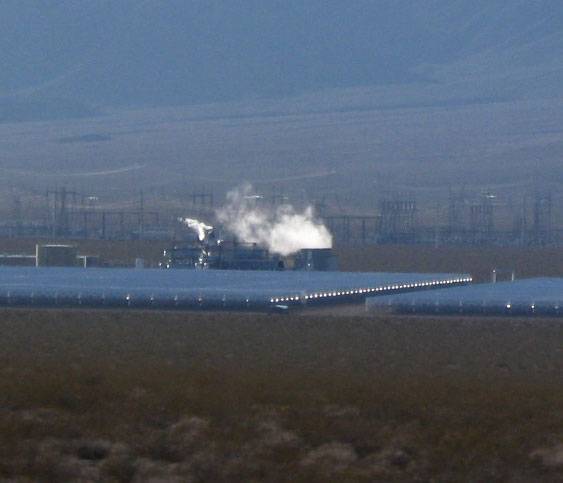Water and dust
On the engineering side, though, Darling says that there are one or two challenges that still could be “deal breakers,” at least for some technologies. The big one is water. Concentrating solar power (CSP) plants, like traditional power plants, need to be cooled to run, and cooling takes water—lots of it. And of course, if water were abundant in the desert, it wouldn’t be the desert. At Ivanpah, on-site wells supply the plant with water, but that solution won’t always be feasible. “I can’t think of any technical way around that unless a dry cooling technology that’s effective and affordable is developed,” Darling says. “No one has really come up with a way to do that.”
For photovoltaics (PV), water is only needed to clean the panels, which brings up the second large problem with desert solar: dust. Solar panels and mirrors need to be cleaned almost daily if efficiencies are to stay where they need to be. Dust is not transparent, so even just one gram of dust per square meter of solar panel area can reduce efficiency by
around 40 percent. At that rate, it doesn’t take long in a dusty desert for the problem to become intractable






